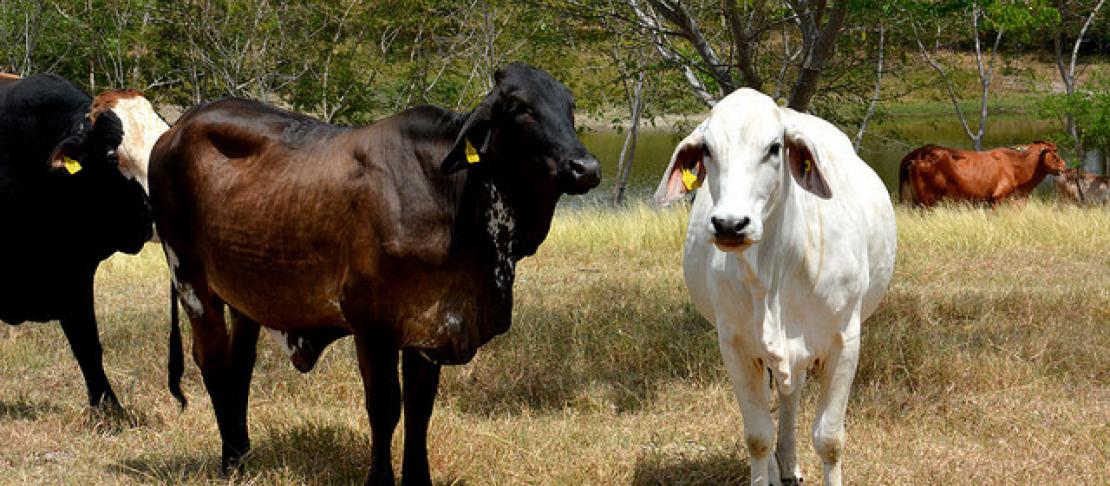Catalyzing farmer innovations and the adoption of promising management and technological options to facilitate the development of low-carbon cattle value chains in Latin America

Project description
Latin America has the potential to be at the forefront of transformation in livestock sector towards more productive and sustainable cattle value chains (VC) through cattle breeds fed on high-quality forages and kept in good health. This production alternative will result in higher market value due to the high appreciation of products developed with low emissions. Low-emitting technologies and management practices for reducing greenhouse gas (GHG) emissions to maximize cattle productivity and cattle VC performance are commonly known, as could be identified by previous projects like LivestockPlus. However, it’s necessary to proactively adopt better known, profitable, and best-fit mitigation options. That’s why this project is working hand in hand with the Latin America Mitigation Network (LAMNET) to bring multi-disciplinary livestock and non-livestock stakeholders together and strengthen South-South collaboration among VC actors in target countries: Colombia, Guatemala, Honduras, El Salvador, Peru, and Nicaragua. Working with LAMNET, our goal is to foster creative low-emissions business models, feasible monitoring, reporting, and verification (MRV) approaches public-private partnerships and alliances, and the development of mechanisms (i.e., finance schemes) that incentivize the accelerated and sustainable implementation of promising innovations and best-fit practices by VC actors. However, to get to know the decision criteria in the adoption of practices to increase cattle productivity while reducing GHG emissions, we are researching life cycle analysis (LCA); food loss and waste reduction and utilization as alternative cattle feed options; and human behavioral science.
Activities
- Improving cattle value chain performance and meeting emission reduction targets
- Evaluating climate change mitigation options, building regional capacities and the effective communication of research findings
Expected outcomes
- At least five agricultural Nationally Appropriate Mitigation Actions (NAMA)/climate finance proposals.
- Guidance on more efficient management options with mitigation co-benefits
- Stakeholders use improved emissions data and tools.
- 6–8 countries trained in scenarios analysis for low emissions development (LED) planning and MRV methodologies.
- Revised targets and NDCs for agricultural mitigation.
- Methods for MRV of agricultural emission reductions developed.
- Improved capacity of the United Nations Framework Convention on Climate Change (UNFCC), NAMA and LED focal points & policy implementers to measure and monitor mitigation.
- NAMA or LED investment proposals for 6–8 countries include gender considerations
- Ten countries have used tools, analysis, business models and MRV methodologies to develop LED plans with mitigation potential.
- Analysis of lessons learned from trials for best practices to support scaling up of LED options in agri-food sectors.
Gender and youth
This project ensures that gender, youth and indigenous community issues are included in all discussion platforms by inviting stakeholders from the relevant ministries in each of the target countries. The project also explores opportunities to build the income generation capacities of these groups in each target country.
More information
- LivestockPlus project page: Supporting low emissions development in the Latin American cattle sector (LivestockPlus)
For further information, please contact project leader, Jacobo Arango (CIAT) (j.arango@cgiar.org).